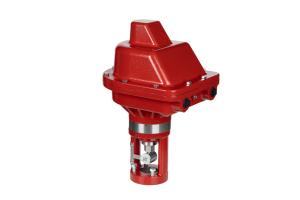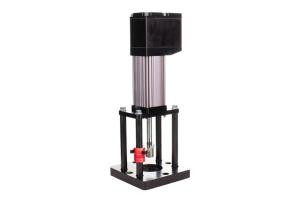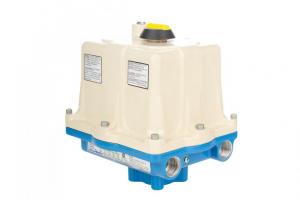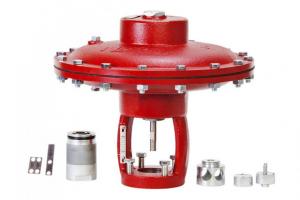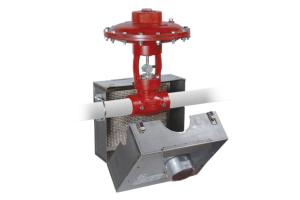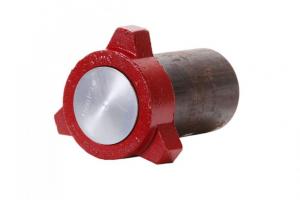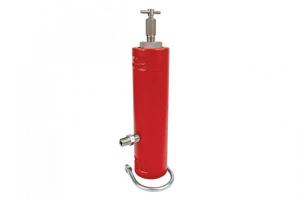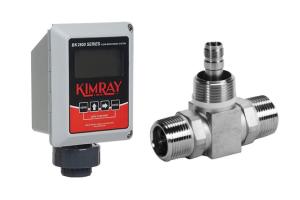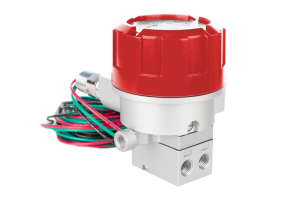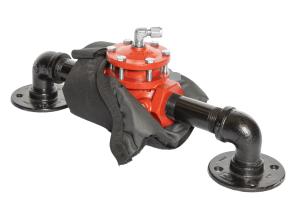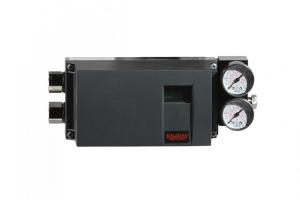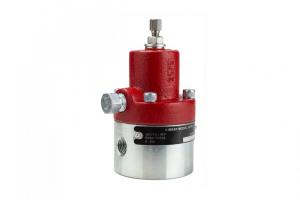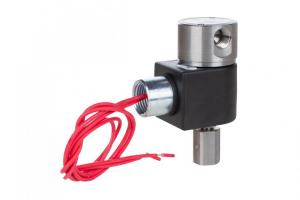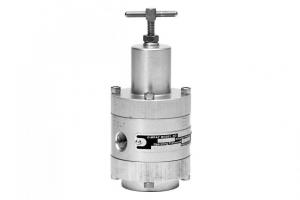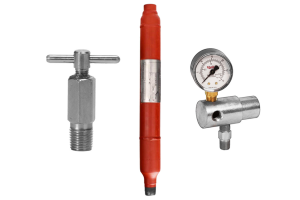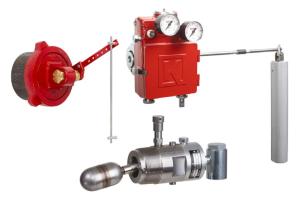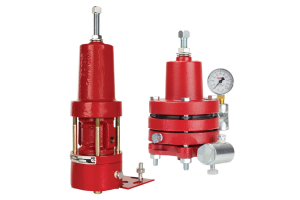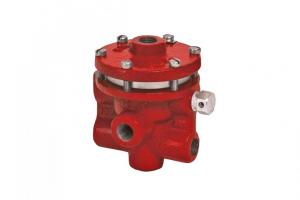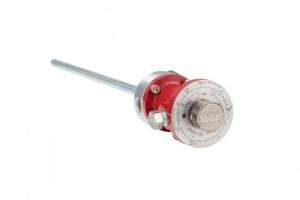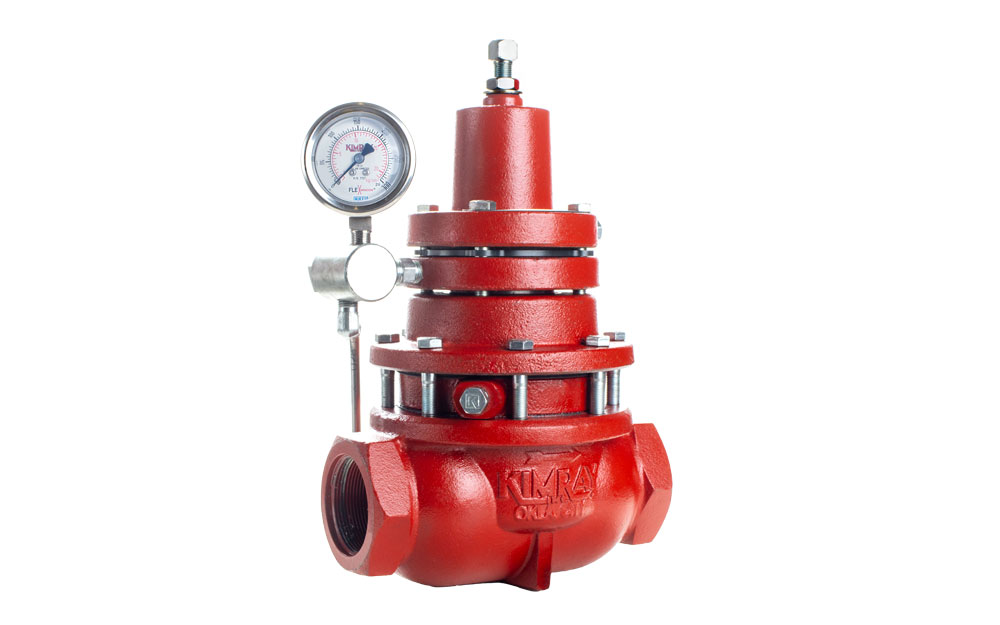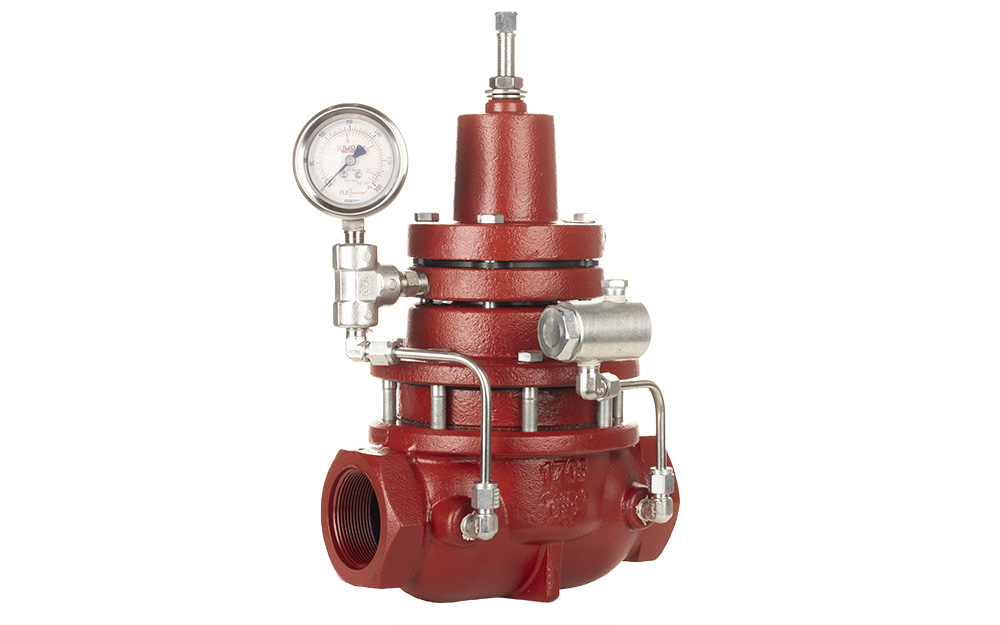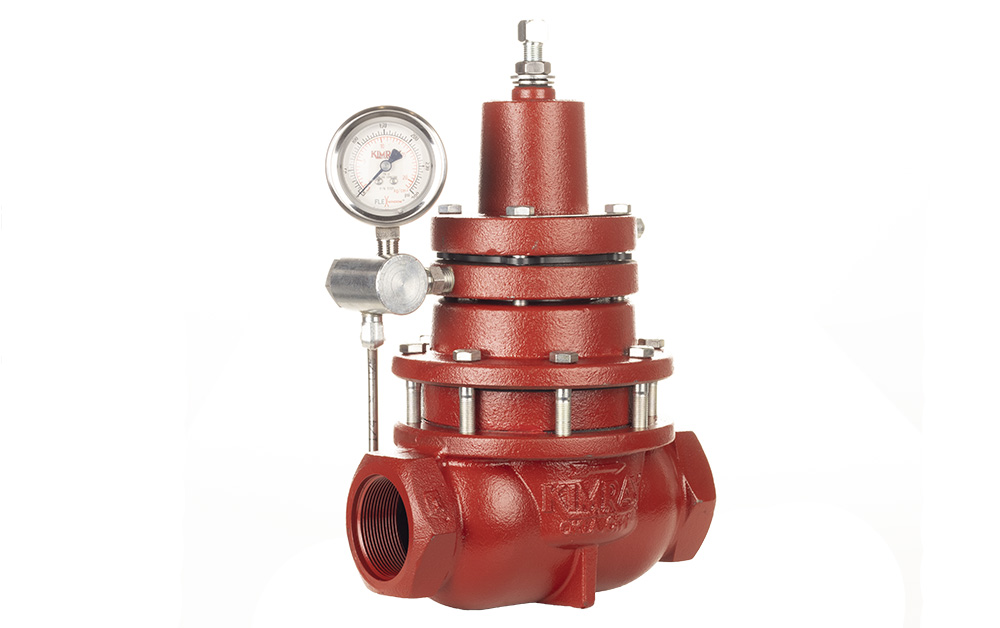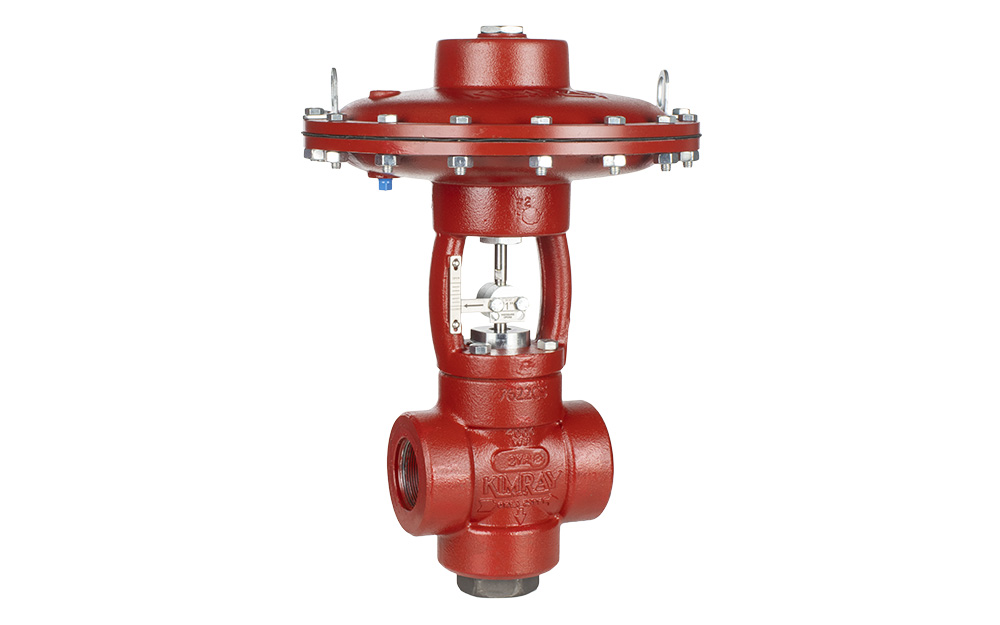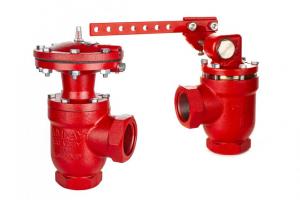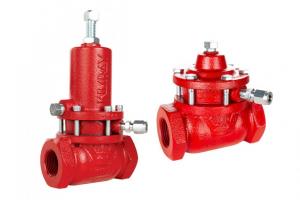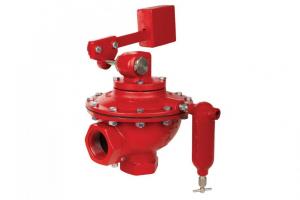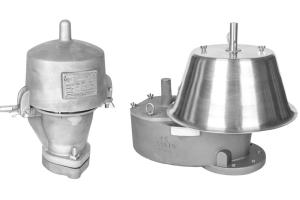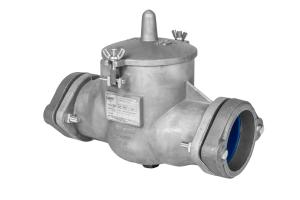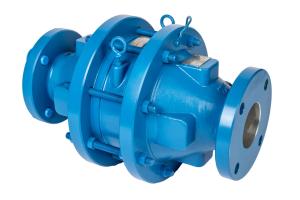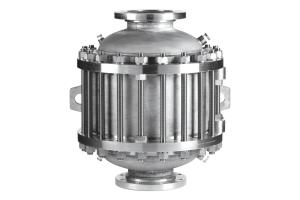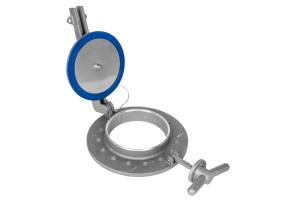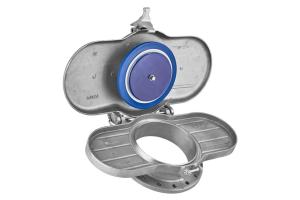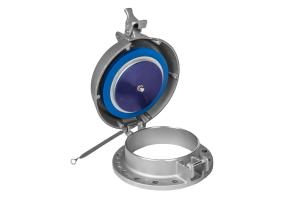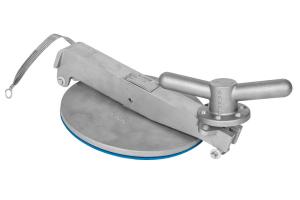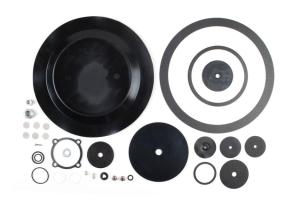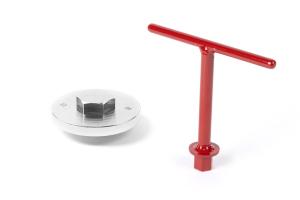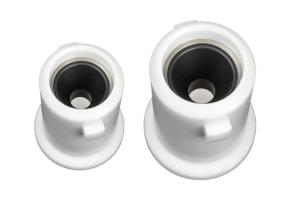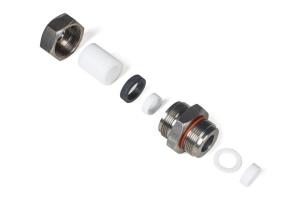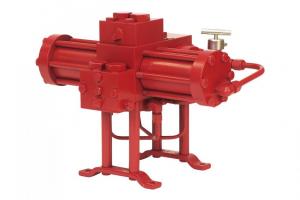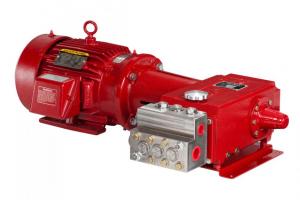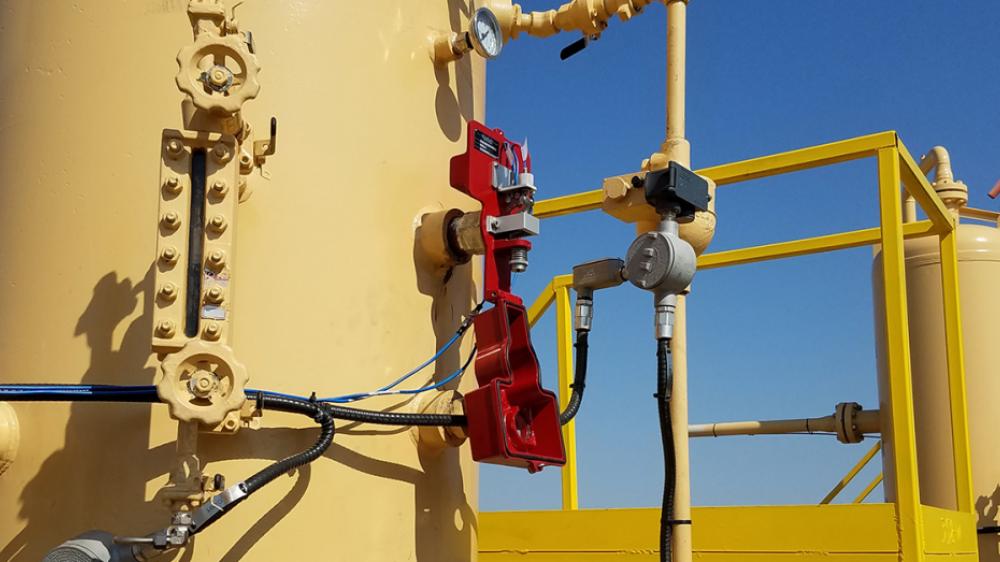
In upstream oil and gas, an electric level controller uses electric power to maintain a specific level of liquid inside a fluid separator.
This liquid level control is a critical component of all oil and gas production.
What’s the Advantage of Electric Level Control?
An electric level controller like the Kimray Gen II provides an easy-to-use solution for level control.
An electric level controller uses a displacer with a spring counterbalance, great for interfacing between two liquids. This means there is no need to weight or re-weight a float ball like in a mechanical liquid level control system.
Here’s how it works:
- The displacer sits in the process fluid and senses the liquid level in your separator.
- When the level of that liquid increases and reaches your high set point, the Gen II responds by sending a discrete electric signal. This signal is received by an electric valve actuator, which tells your control valve to open.
- When the level of that liquid decreases and reaches your low set point, the Gen II responds by taking away the electric signal. The electric valve actuator then allows your control valve to close.
What Options are there for Electric Level Control?
You can adjust the Gen II in the field for snap-acting level control.
You can switch the displacer from vertical to horizontal orientation, and it is available with several different options to handle an array of possible conditions, including:
- small differential liquid specific gravities
- high temperatures
- corrosive conditions
- a large span
- small tank diameters
- small access openings
